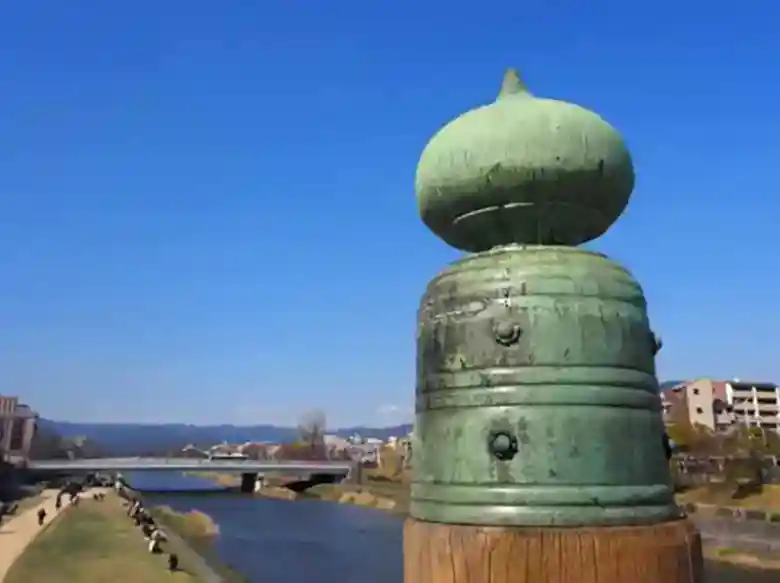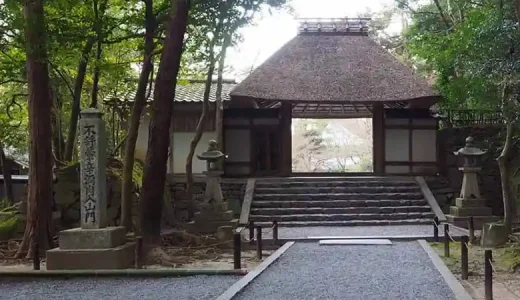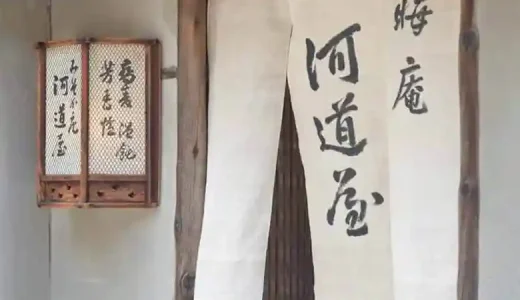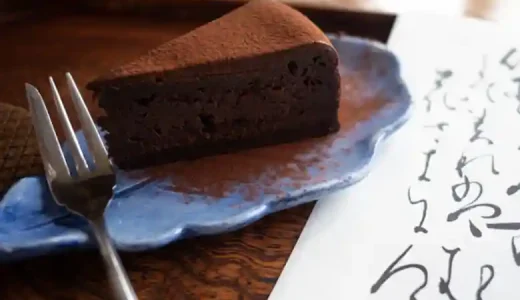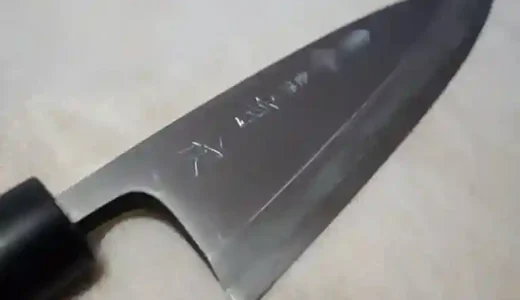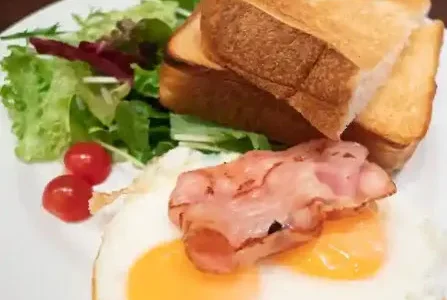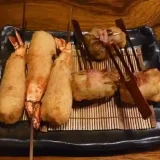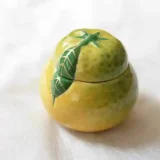I want to introduce two wonderful old shops I found on my trip to Kyoto. They are Honke Funahashiya and Naito Shoten, located at the foot of Sanjo Ohashi over the Kamo River. Honke Funahashiya sells bean confections and Japanese rice crackers, and Naito Shoten sells brooms and scourers made from hemp palms.
目次
Honke Funahashiya
Since it was a beautiful day, I walked along the Kamo River. Many people were playing on the riverbank.

At the foot of the west side of the Sanjo Ohashi Bridge, there was a store with a charming atmosphere. It was Honke Funahashiya.。

Facing the street, glass cases filled with bean confections and Japanese rice crackers stand side by side.
Fukudaruma
I bought a confection called Fukudaruma, which means “happy Daruma.” They were baked sweet in the shape of a cute daruma.
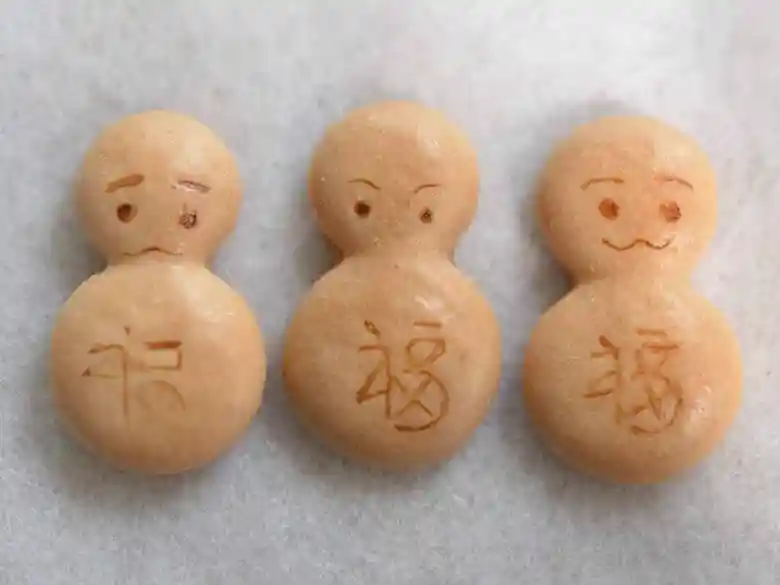
The daruma had a variety of expressions: troubled, serious, smiling, and so on. The Japanese character for “good fortune” was painted on the daruma’s belly. It was a very lucky candy. Fukudaruma was crispy, with a hint of sweetness and cinnamon flavor.

The confections selected for purchase were placed in a colander and carried to the cashier. I purchased salted beans, peanuts, and Runnrun Pasta (fried pasta snacks). I had it with sake at the hotel at night.
Naito Shoten
There was an exciting store next to Honke Funahashiya. There was no sign. The name of the store is Naito Shoten. It was founded in 1818 and has been in business for over 200 years.

There were various kinds of palm scourers in different shapes and sizes. The long, thin scourers in the upper right corner of the photo were scourers for washing pots and pans.
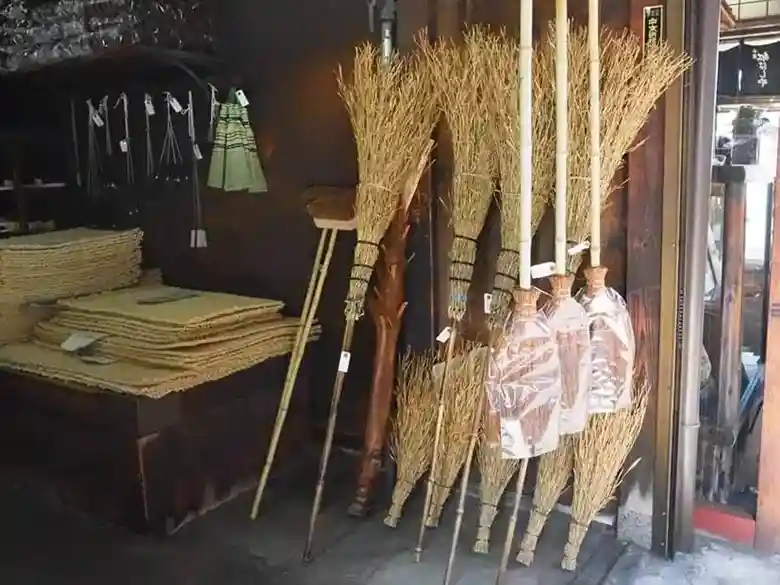
There were also brooms made of bamboo and rugs woven of straw. The Japanese used these tools in the past.
Broom made of hemp palms
Many long-handled brooms hung in the store.
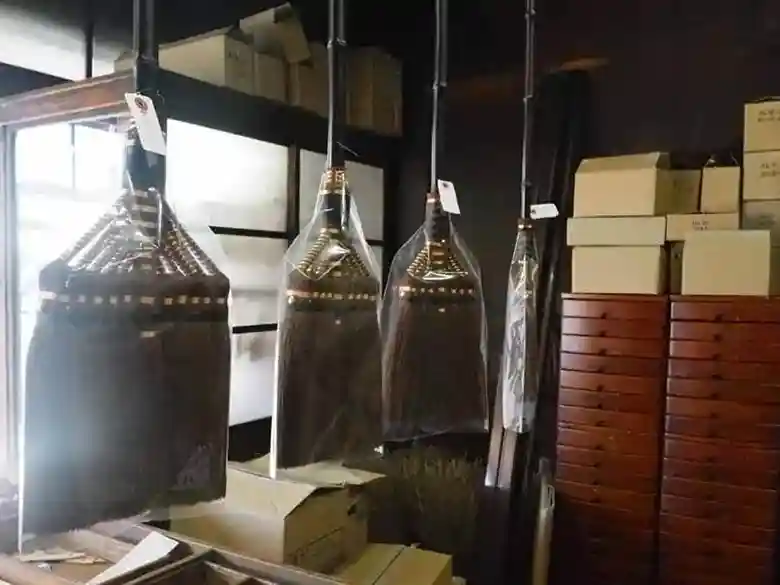
The tips of the brooms were dark brown and shiny. The shopkeeper told us they were hemp-palm brooms handmade by artisans in Wakayama. I fell in love with this broom at first sight. I was a little worried because the price was 20,000 yen, but I took the plunge and bought this broom as a birthday present for my wife. The shopkeeper taught us how to use and care for the broom. If you handle the broom roughly, the tip will spread.
I introduced two interesting old stores at the foot of the Sanjo Ohashi Bridge. If you can travel to Kyoto, please visit these stores.
